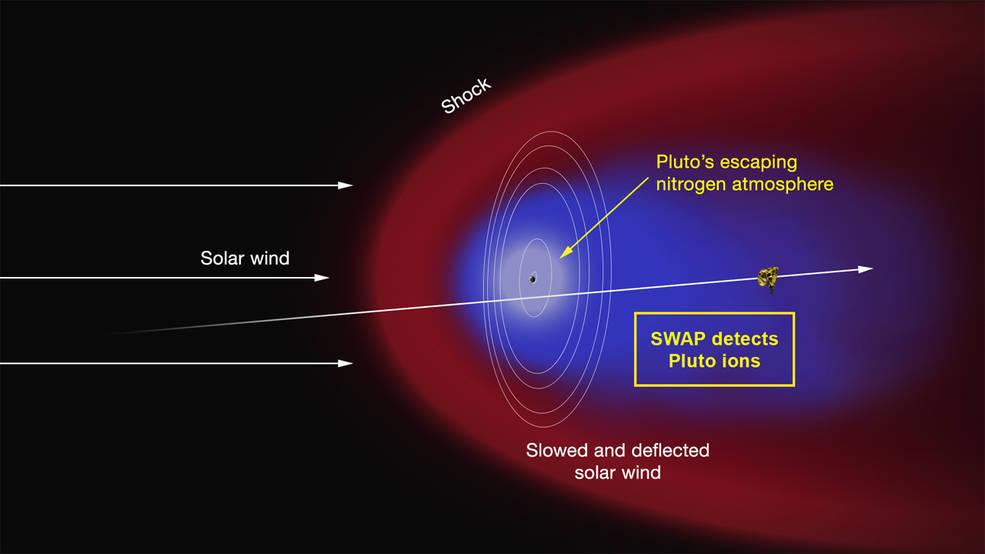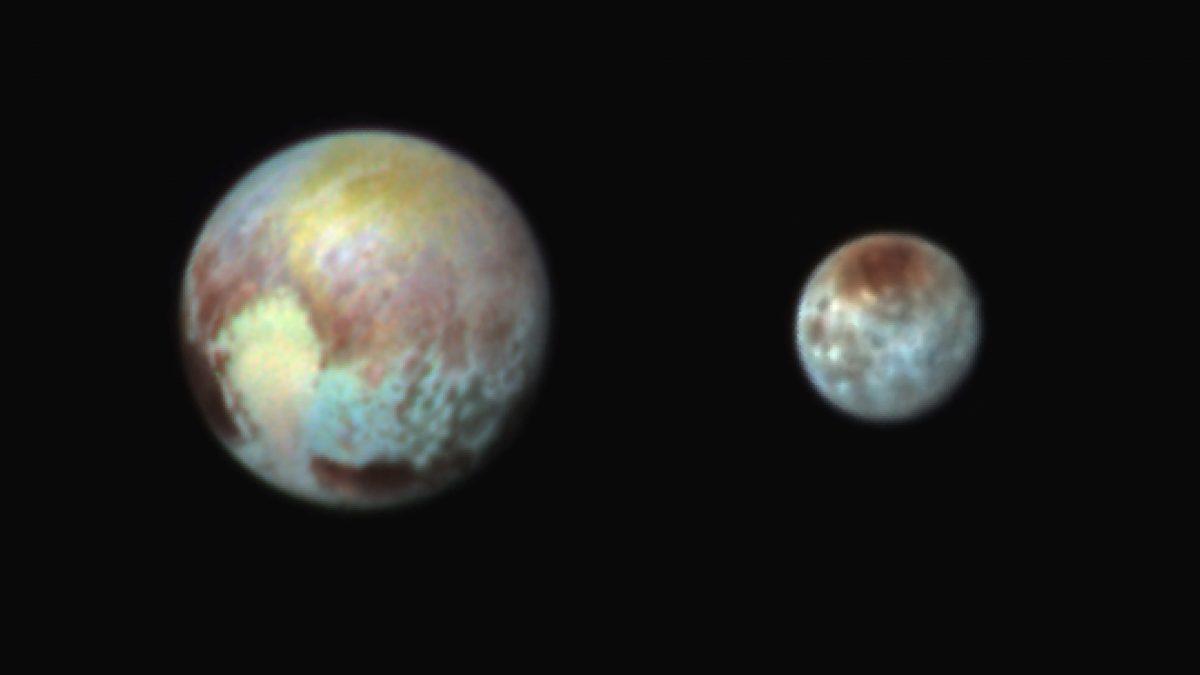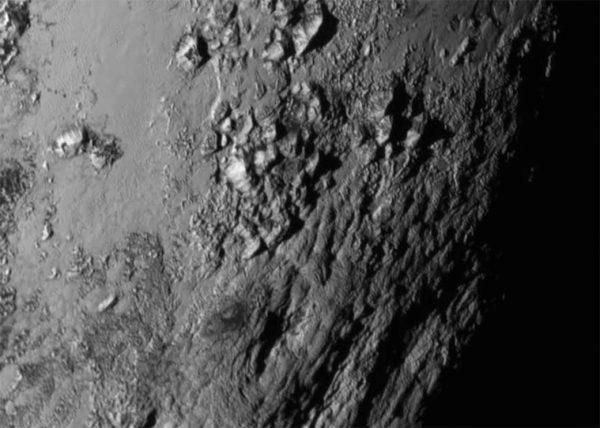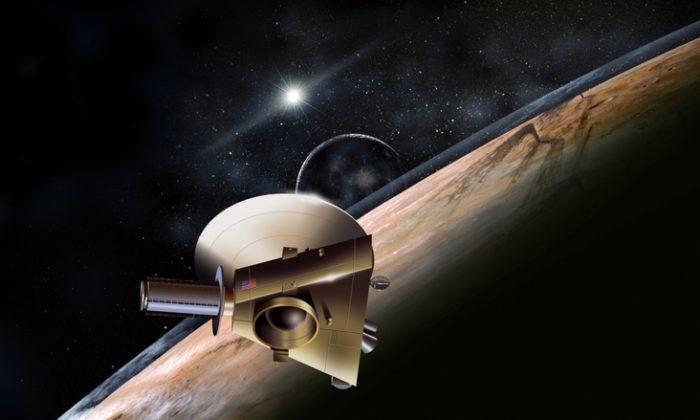Researchers have discovered that Pluto, the dwarf planet, has a “tail.”
In mid-July, the New Horizons space probe flew past Pluto and it went directly into its shadow, giving an opportunity to see how the Sun affects its atmosphere.

The probe’s instrument “observed a cavity in the solar wind — the outflow of electrically charged particles from the Sun.”
Similar plasma tails have been observed behind Venus and Mars.

“This is just a first tantalizing look at Pluto’s plasma environment,” said co-investigator Fran Bagenal with University of Colorado, Boulder, who leads the New Horizons Particles and Plasma team.
“We‘ll be getting more data in August, which we can combine with the Alice and Rex atmospheric measurements to pin down the rate at which Pluto is losing its atmosphere. Once we know that, we’ll be able to answer outstanding questions about the evolution of Pluto’s atmosphere and surface and determine to what extent Pluto’s solar wind interaction is like that of Mars.”







Friends Read Free